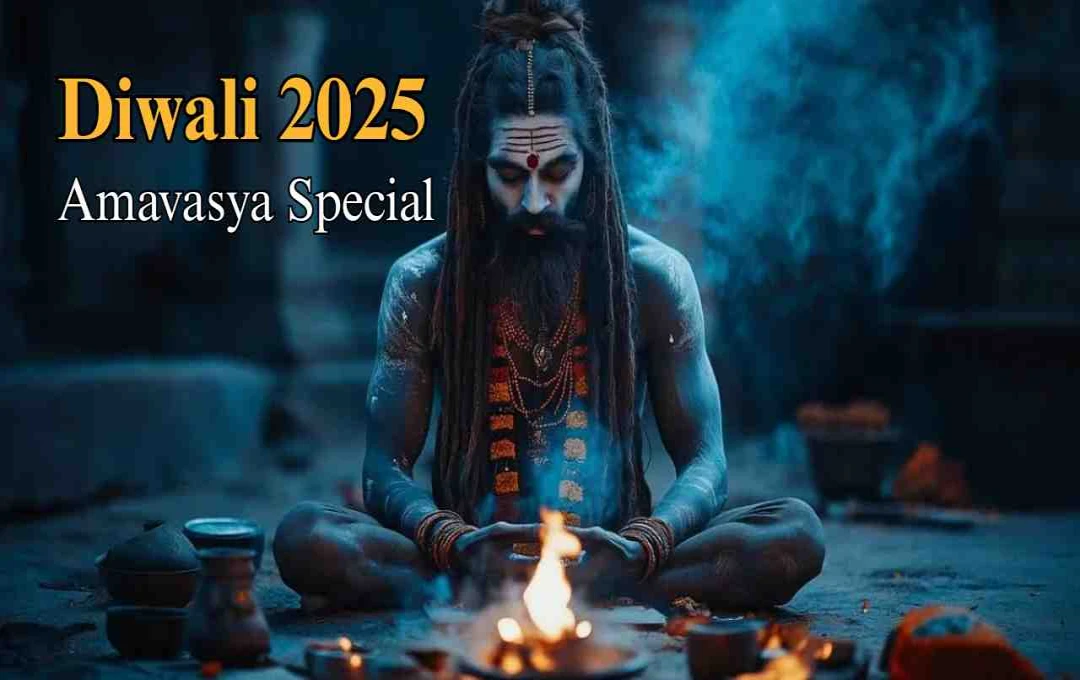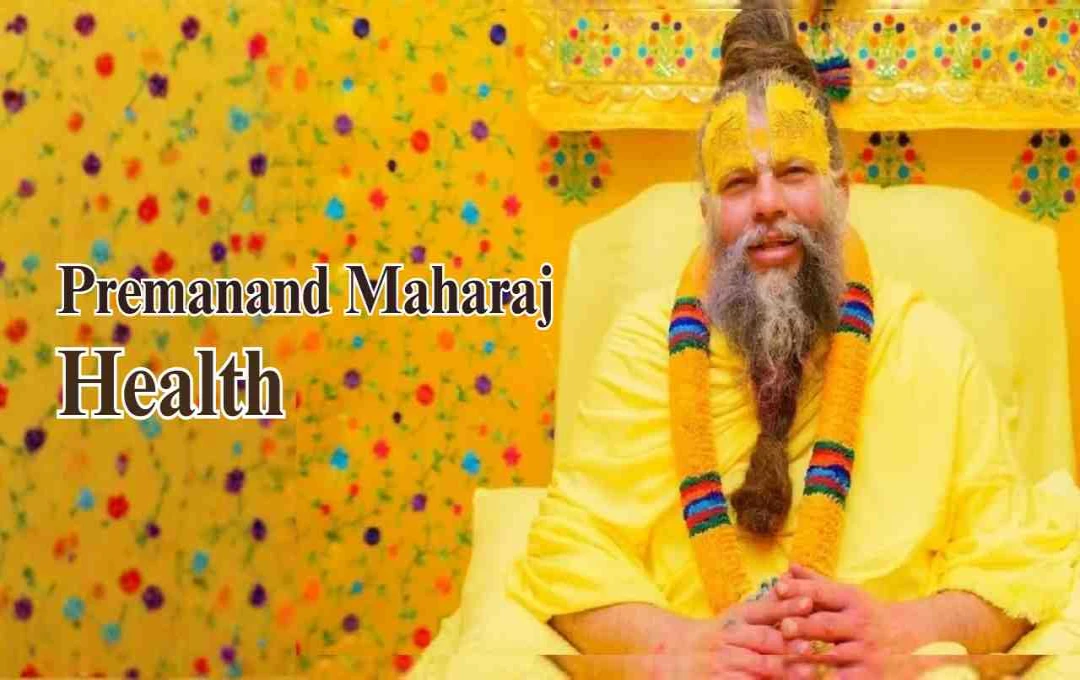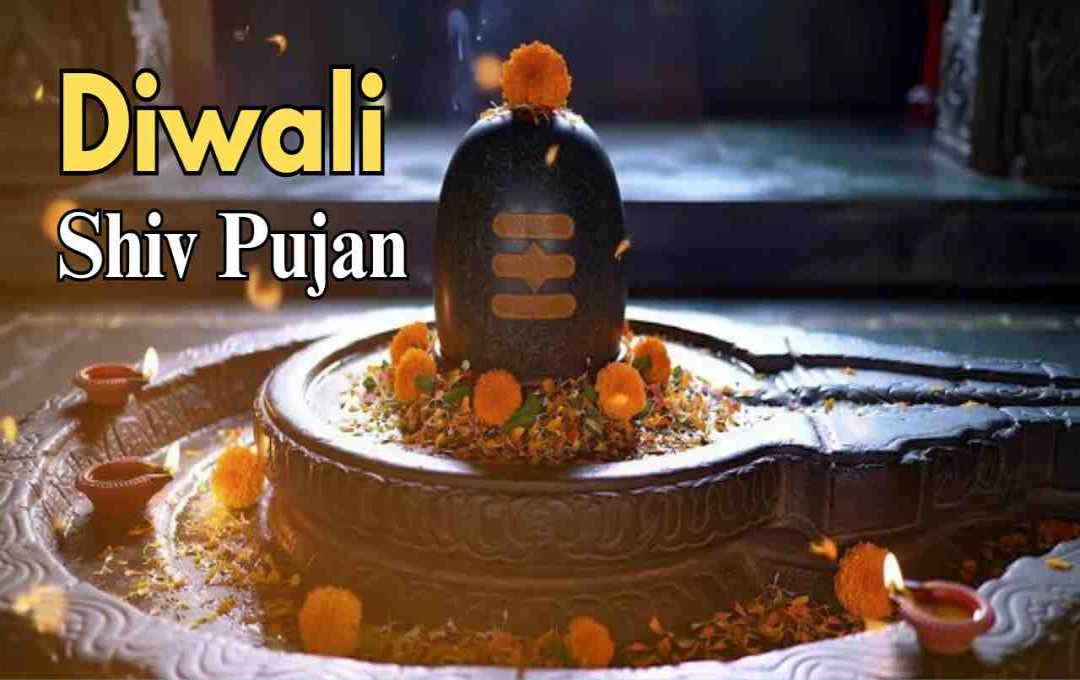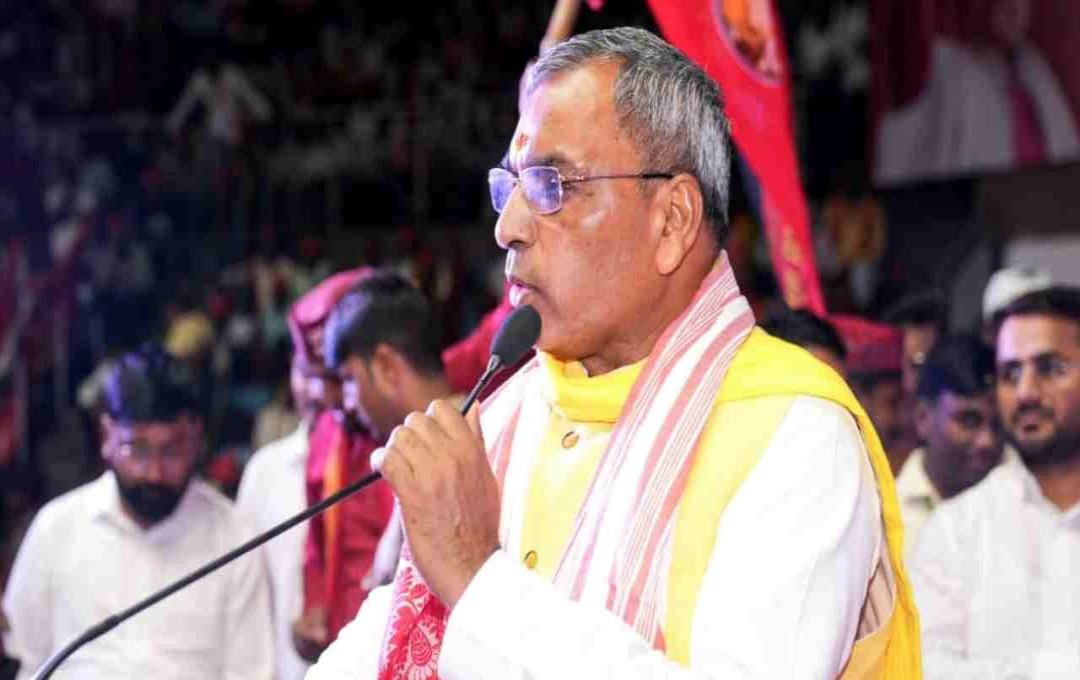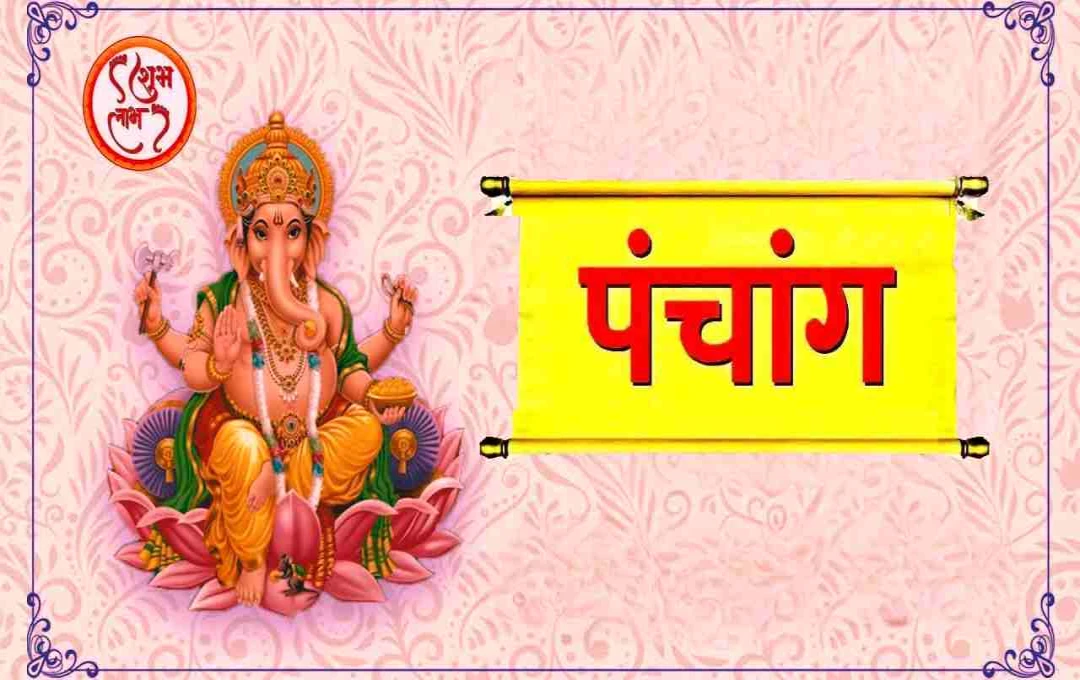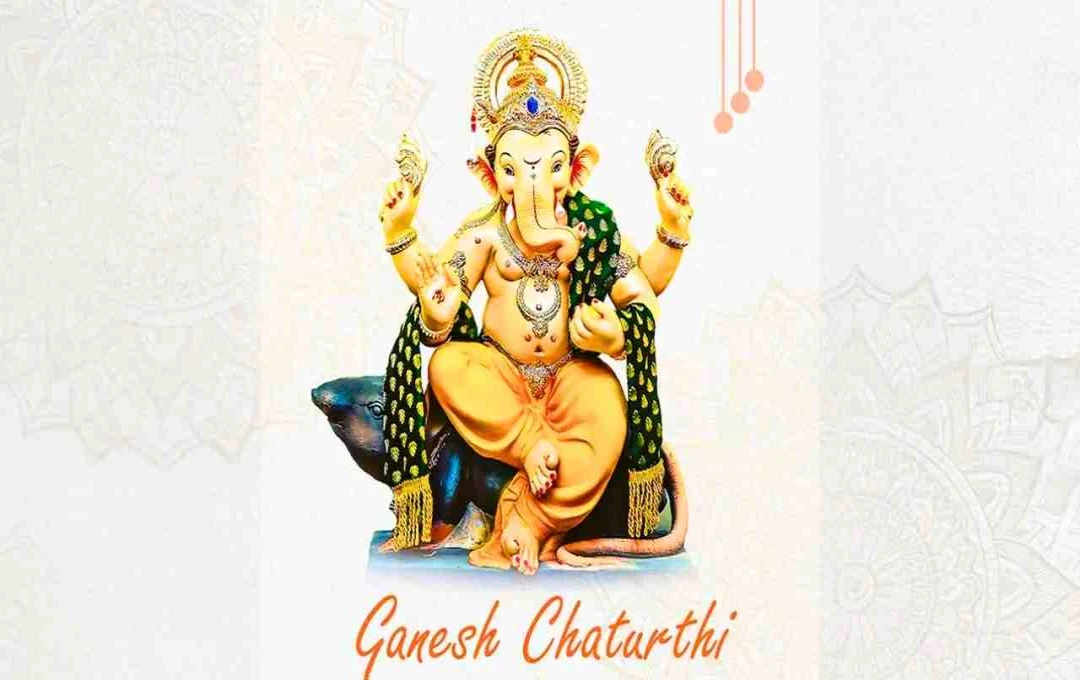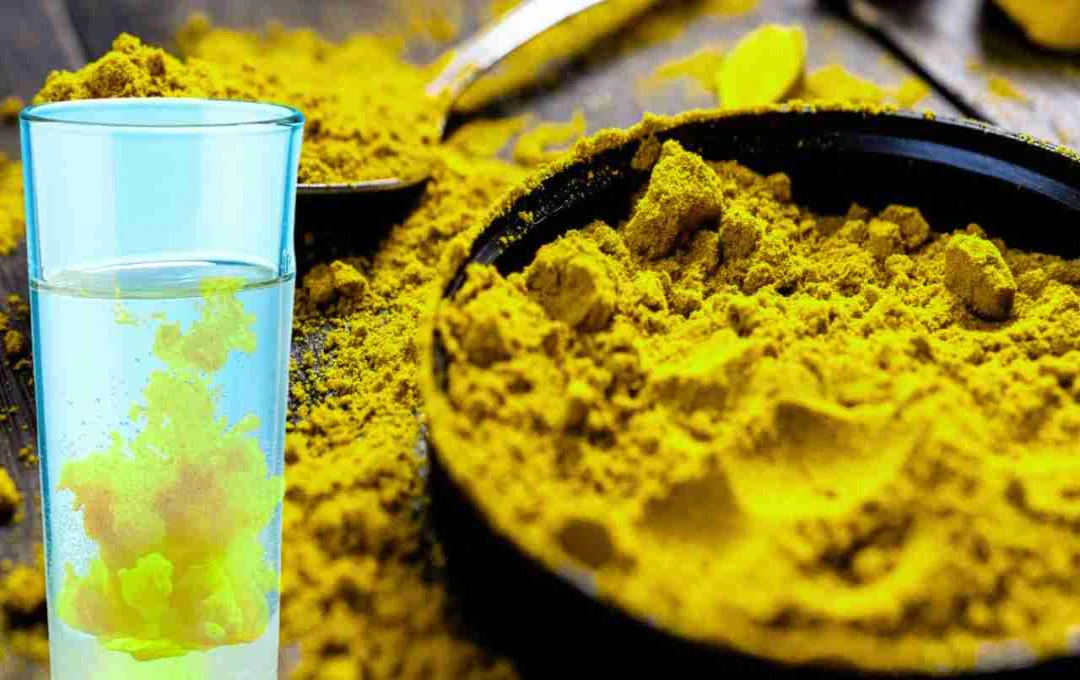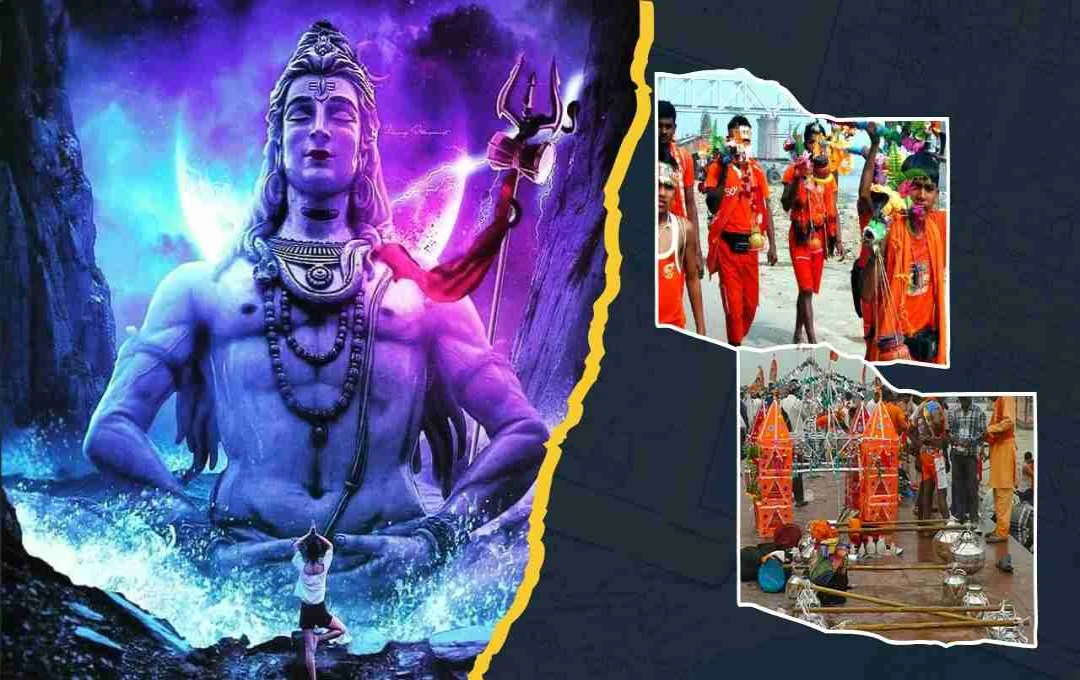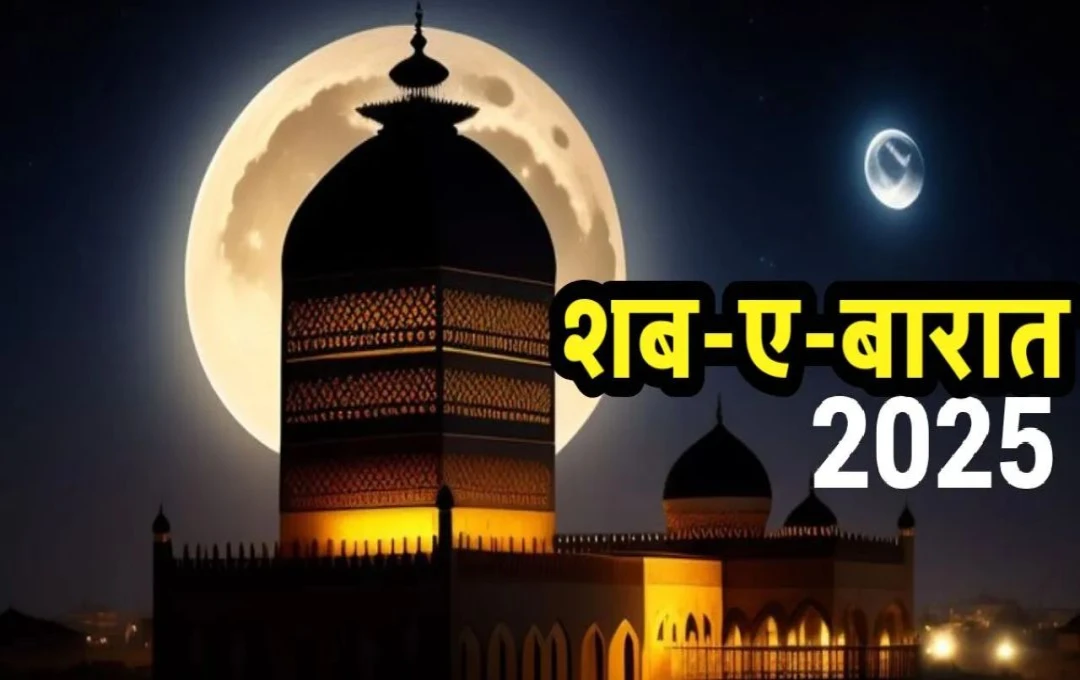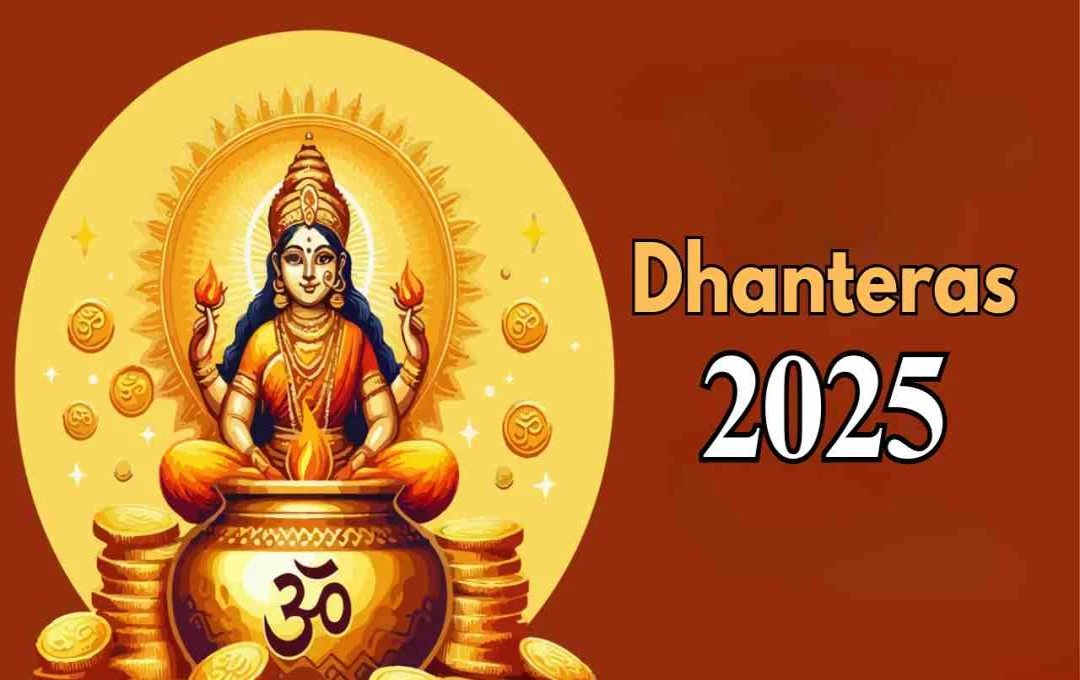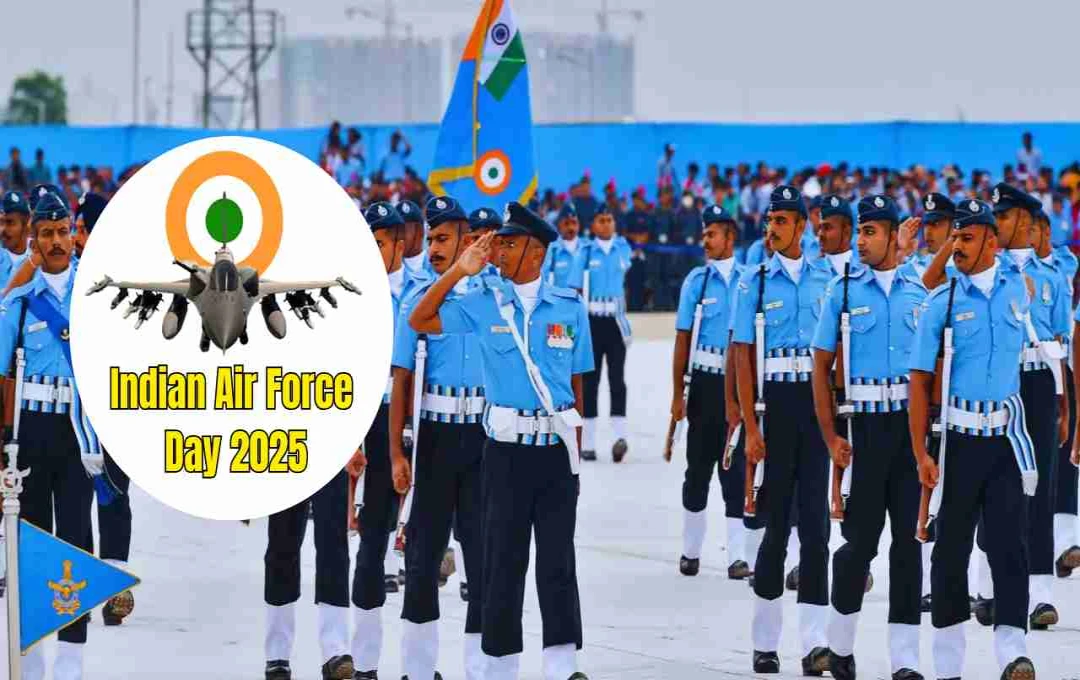On the Amavasya (new moon) of Diwali 2025, Aghoris perform the worship of Mahakali and tantric rituals in cremation grounds. This night is considered special for tantric practices because moonlight is absent, and negative energies are believed to be more active. For general devotees, this information holds cultural and historical significance.
Diwali 2025 Amavasya Special: The Amavasya of Diwali 2025 falls on October 20th, and on this day, Aghoris worship Mahakali in cremation grounds. In prominent cremation ghats like Kashi and Ujjain, Aghoris seek to attain the power of the Goddess through tantric chanting and special sadhanas (spiritual practices). This night is considered particularly significant for tantric practices due to the absence of the moon and the heightened activity of negative energies. General householders should keep away from these rituals and adhere to traditional worship methods.
Special Significance of Diwali Amavasya
The grand festival of Diwali is celebrated every year on the Amavasya (new moon day) of the Kartik month. It is a five-day festival, beginning with Dhanteras and concluding with Bhai Dooj. This year, Diwali falls on October 20, 2025. Generally, on Diwali, Goddess Lakshmi and Lord Ganesha are worshipped, but the Amavasya night is considered special for tantric practices. Due to the absence of the moon and the activation of negative energies, Aghoris perform special rituals in cremation grounds on this night.
Aghoris and Mahakali Worship
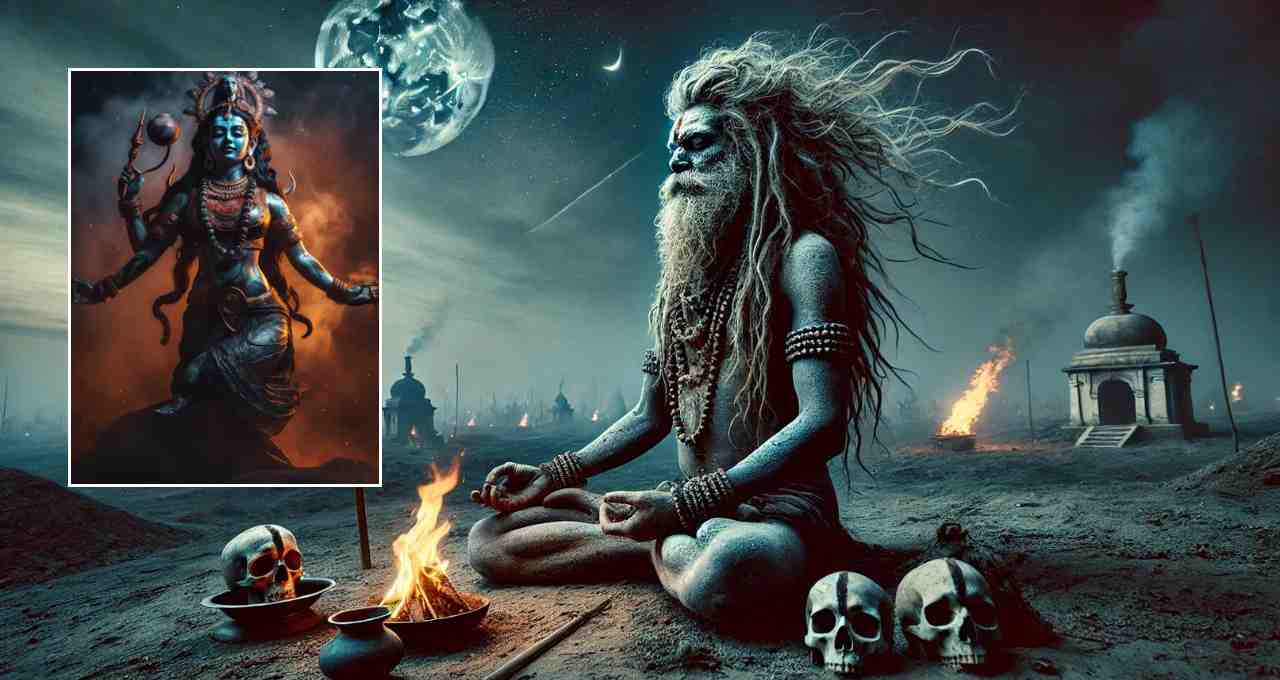
Aghoris worship Mahakali in the cremation grounds on the night of Diwali. This practice involves chanting mantras and performing tantric rituals. The objective of these rituals is to attain tantric powers (siddhis) and draw energy from the Goddess. On Diwali night, special sights can be witnessed at Manikarnika Ghat in Kashi, where prominent Aghoris and tantrics perform 'shav sadhana' (spiritual practice using a corpse). Similar practices occur in Ujjain, where the presence of Mahakal is revered as 'Aughad Dani'.
Tantric Practices and Aarti in Cremation Grounds
In Kashi's grand cremation ground, an Aarti (ritual of worship with lamps) is performed for Baba Aughad Dani, involving tantric rituals for 40 minutes using skulls as vessels (khappar). Performing 'shav sadhana' while standing on one leg amidst burning pyres is a key part of Aghori practice. During these rituals, Aghoris seek to acquire the power of Goddess Mahakali and strive to achieve perfections (siddhis) in their tantric sadhanas.
Religious Perspective
In the Vedas, Puranas, and Shastras (religious scriptures), such tantric practices are not considered appropriate. The Ramcharit Manas also describes them as anti-religious. Individuals living a householder's life should keep away from such sadhanas. The purpose of spiritual practice should be spiritual development, but Aghori practices are conducted under specific circumstances and strict rules.
The Amavasya of Diwali 2025 is special for Aghori practices and Mahakali worship. The rituals, chanting, and Aarti performed in cremation grounds hold spiritual and tantric significance for Aghori practitioners. For general devotees, this information is historically and culturally important. Adhering to religious customs and traditional worship methods at home and in society is considered safe and appropriate.
